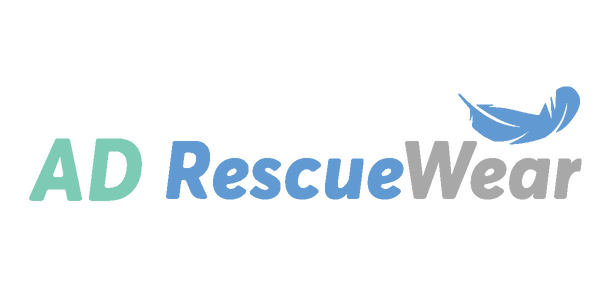Dr. Frank Lichtenberger MD, PhD and practicing allergist discusses Seborrheic Dermatitis
Seborrheic Dermatitis – not (exactly) eczema?
Seborrheic Dermatitis is a condition that is very similar to eczema, and is frequently in the “differential diagnosis” of itchy/scaly rashes, especially when evaluating an infant, or someone over 50 years of age. “Seborrheic” dermatitis refers to the presence of this rash in areas that have a significant concentration of “Sebaceous” glands – and this is usually the scalp of infants and the scalp and face of adults. Seborrheic dermatitis is similar to atopic dermatitis (eczema) in that it is chronic, waxes and wanes in intensity, and has red/inflamed areas that tend to flake. However Seborrheic Dermatitis is usually less itchy than eczema, and does not have as well connected of an association with allergies.
The underlying mechanism of Seborrheic Dermatitis is not as well known, but given the locations that tend to be affected, the leading hypothesis is that local microorganisms (skin microbiome) that prefer an environment heavier in oils (sebum) either cause an irritation or local inflammatory response. Topical yeasts such as Malassezia have been cultured, and in my own clinic, I have found Malassezia (pitysporium under a microscope), sometimes in association with candida, with culturing the scalp of infants with this condition.
Accurate diagnosis usually requires a health care provider; sometimes with specialist training like a dermatologist. If the area affected is limited, I like to recommend a selenium based shampoo (Head and Shoulders, Selsun Blue), which is very good at detaching adherent yeasts like Malassezia. Sometimes a prescription lotion with selenium is necessary. My next step is usually topical anti-fungal therapy, which can be combined with a topical steroid (clotrimazole/betamethasone high potency, Nystatin/triamcinolone – mid potency) for relief of itching. Lastly, if the area affected in extensive, oral antifungal therapy can be used. I tend to use oral antifungal therapy first line if the eye lids are involved.
In short – the interaction of the human body with microbes is at the root cause of multiple skin conditions. Understanding how to best reduce irritant microbes, but nurture beneficial commensal microbes can lead to healthier, less itchy skin!


